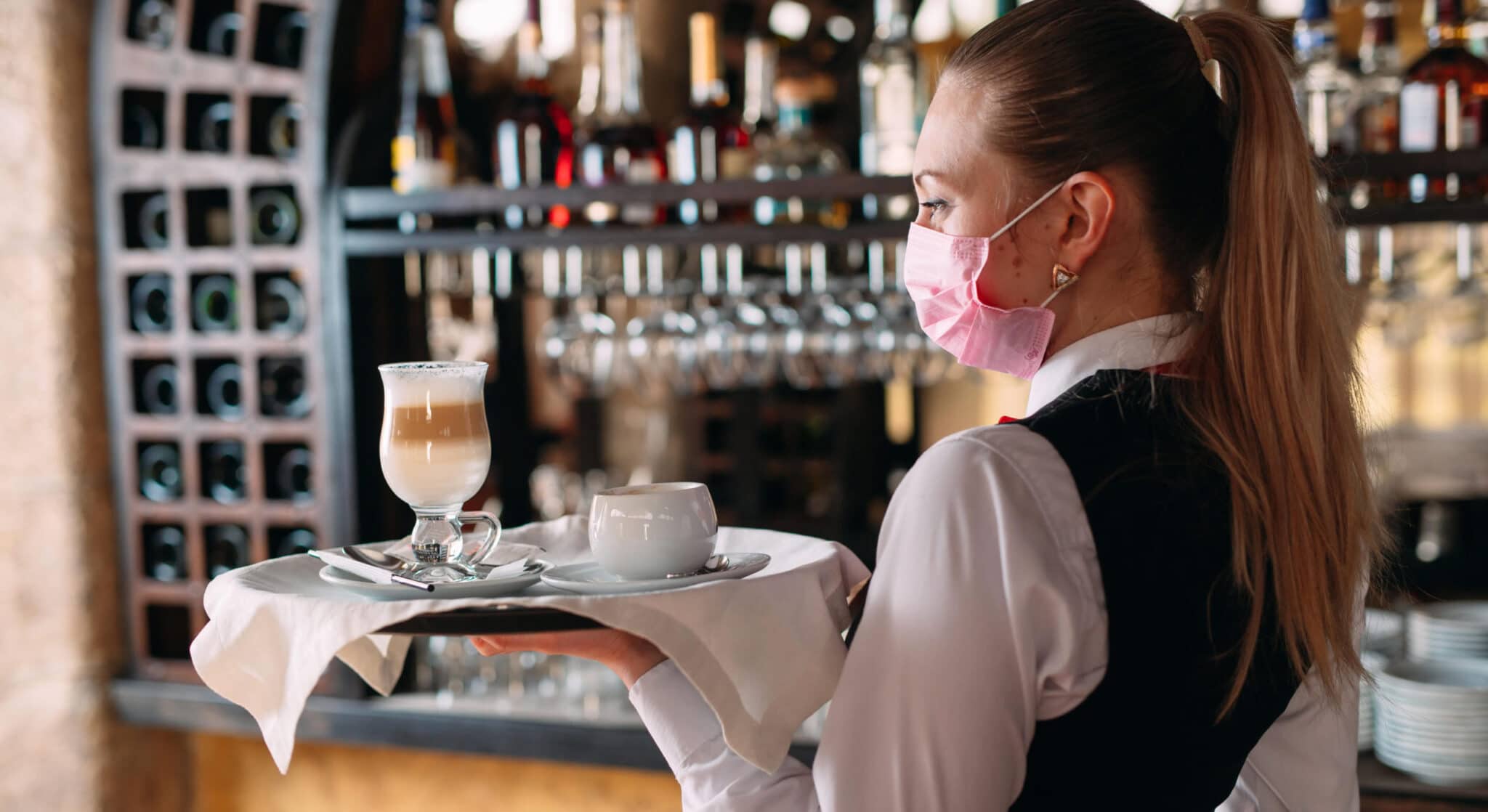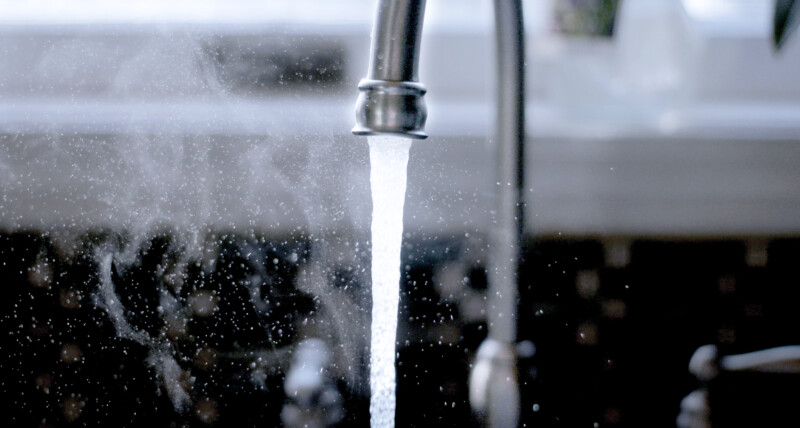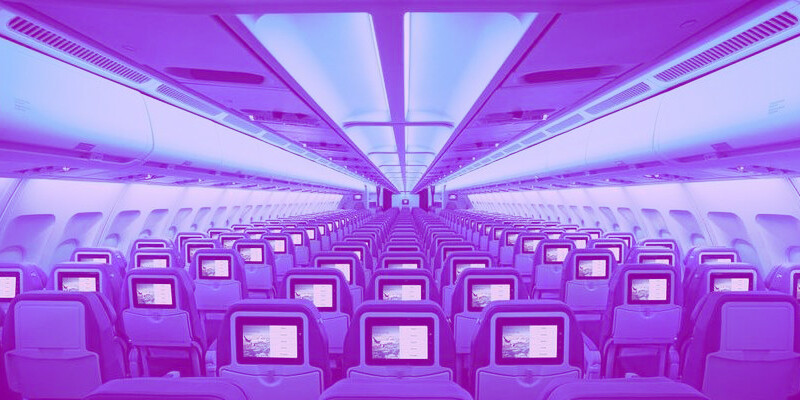The situations in which the infection from Coronavirus Sars-CoV-2 becomes much more probable are increasingly clear, all situations and places studied by science to allow the population to take as few risks as possible
A study published in “Nature” has shown how tracing can lead to a lot of useful information in this regard.
Researchers from Stanford University, California, have in fact analyzed the locations of cell phones in the period between March and April; specifically, they checked over 57,000 groups of people in over 550,000 potential gathering locations such as restaurants, gyms, churches, car dealerships, sports equipment stores, hotels and motels.
The worst places were restaurants, followed by gyms, bars, hotels and motels.
In the same days, another study on a campus for Marine recruits was published in the New England Journal of Medicine: upon their arrival, the swabs presented 16 infections (0.9%) while after 30 days 35 infected (1.6 %). Transmission is therefore always lurking, even among young people, and even when attention is paid. It is the place that increases or decreases the probability of contagion.
We recall in this sense that COV-SARS2 belongs to the largest family of coronaviruses, and according to current scientific research, this type of monofilament RNA virus is very sensitive to UV-C light. The presence of a lipid membrane does not affect the sensitivity of the virus to UV-C rays because it does not protect the genome which is still affected by UV-C radiation. In this way the living cells are inactivated.
The FDA says UVC radiation can destroy the outer coat of most coronaviruses, including the current SARS-Cov-2 virus.
A team of engineers is designing the UV-C system that will be tested on several dozen railcars. The entire pilot project will last 14 months.
The system they are developing will act inside the air ducts, inserting UVC lamps and air filters, which can trap smaller particles such as viruses, with the aim of creating a prevention plan that would help fight also other pathogens after the pandemic.
“We believe this low-cost technology will reduce the circulation of Covid-19, mitigating the risk of transmission aboard railcars,” Metro spokesman Ian Jannetta said in an email.
Also in Italy specific measures are being implemented to make public transport safe and Fuocofreddo is engaged in these projects with UVC LEDs in the railway and tram sector and others tailored to each request.




